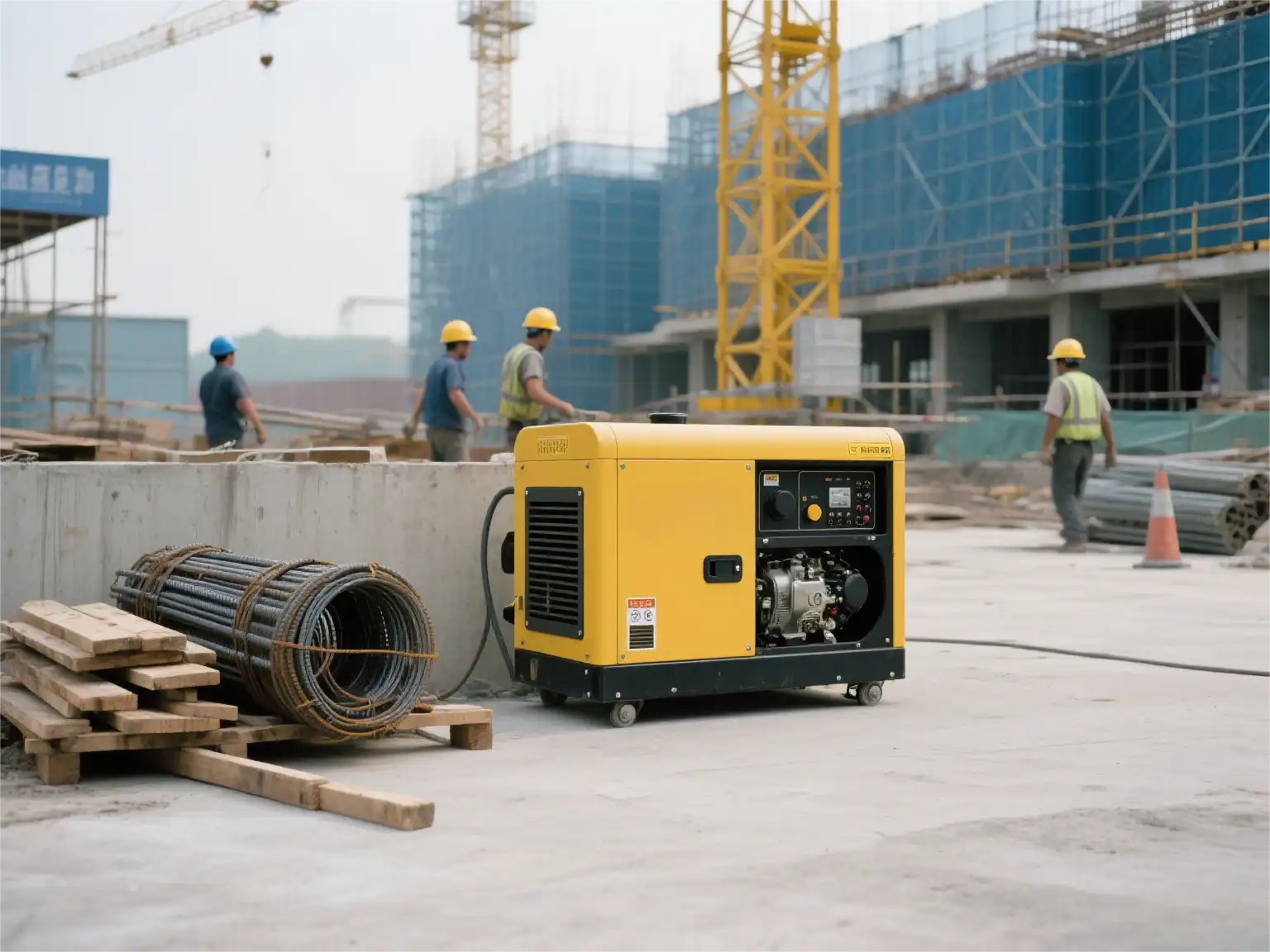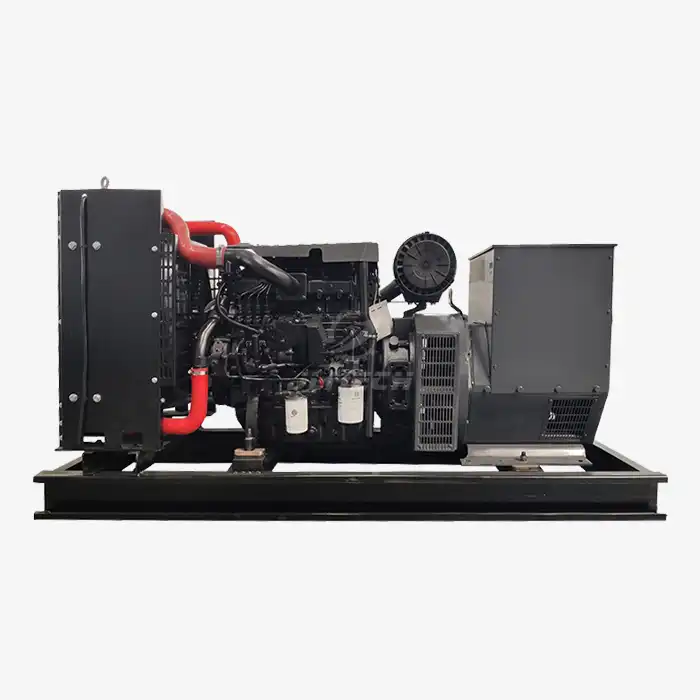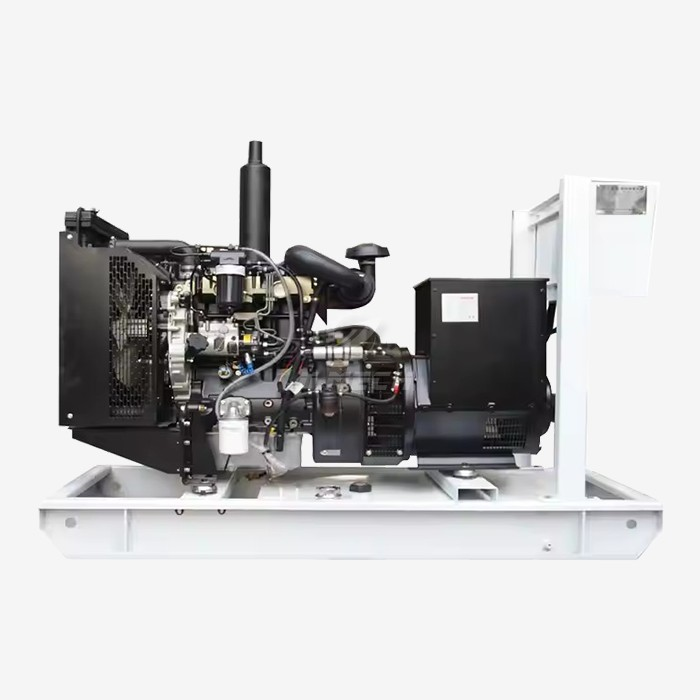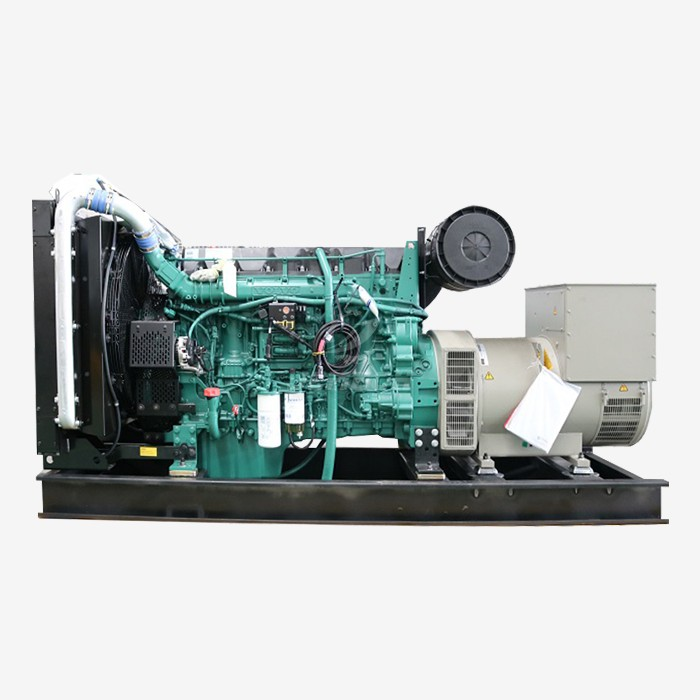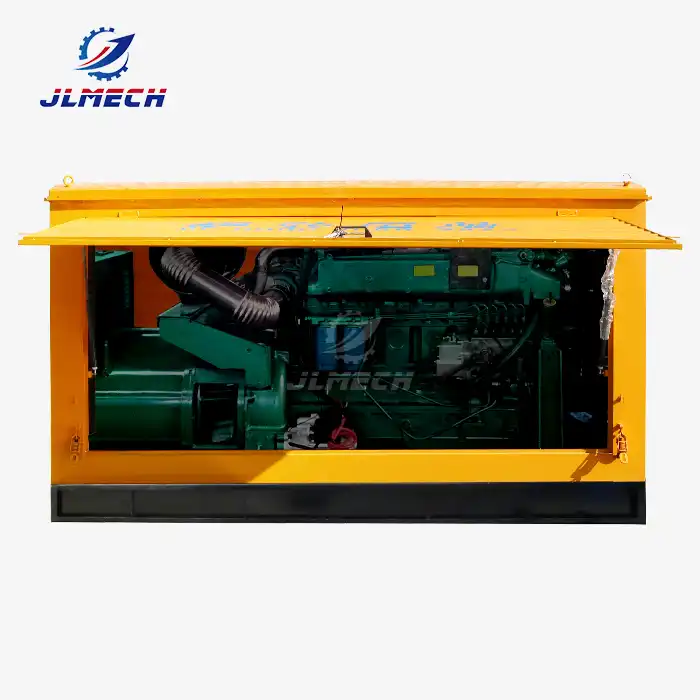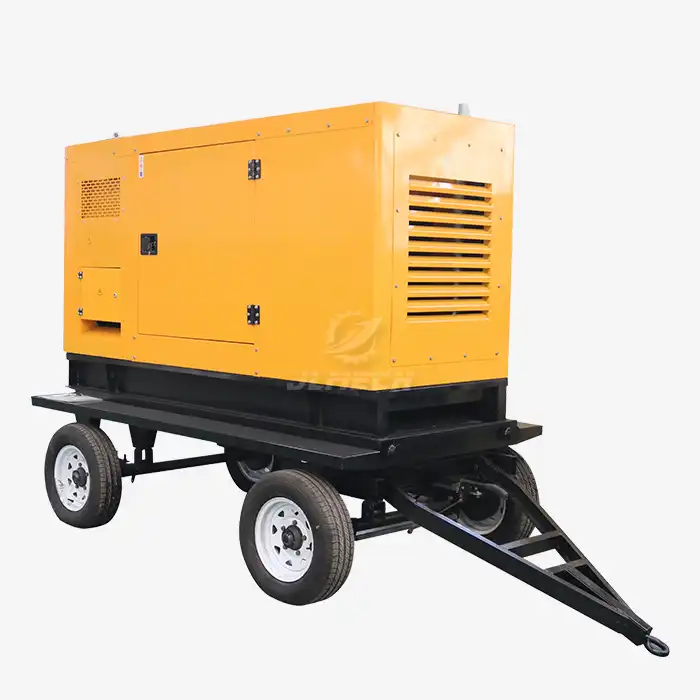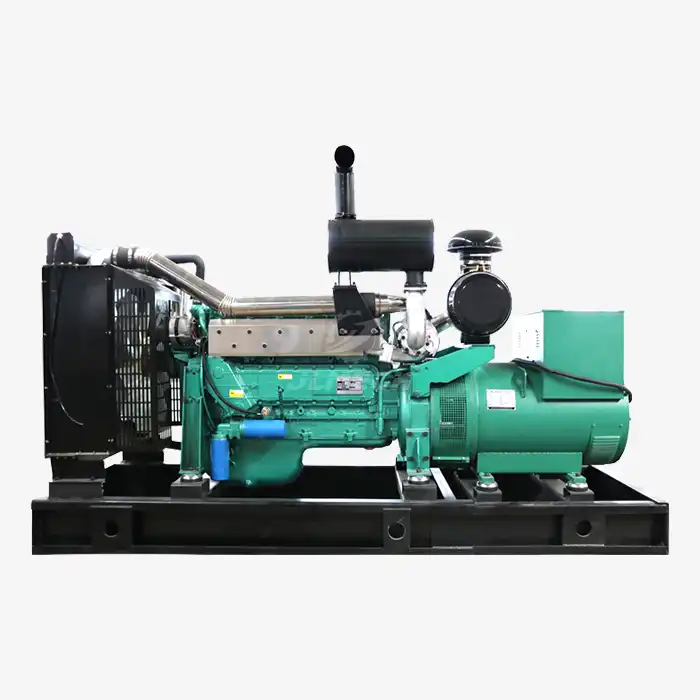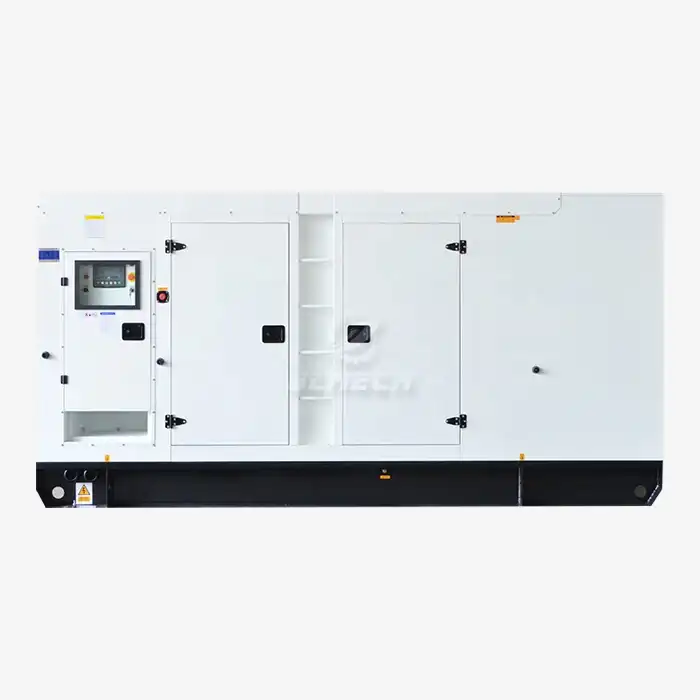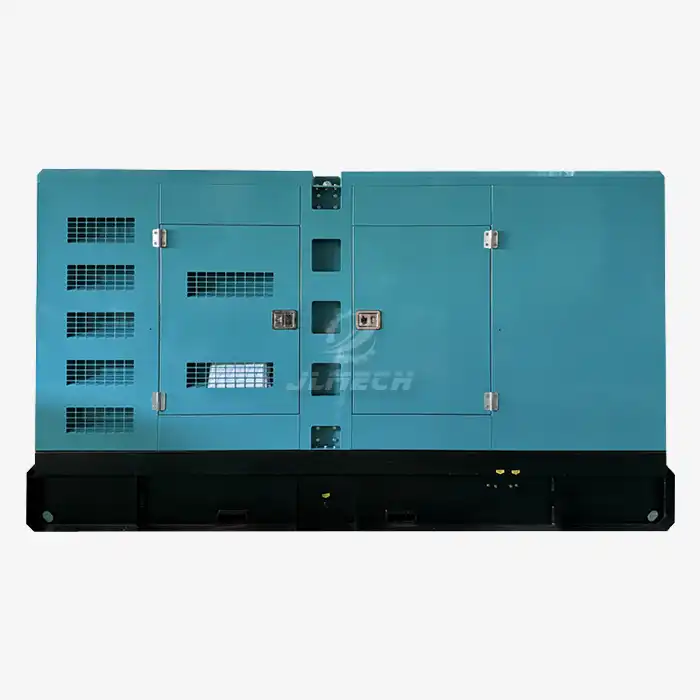Calculating Your Power Requirements: A Step-by-Step Guide
The first step in picking the proper portable power station is to know how much electricity you need. Let's divide the procedure down into phases that are easy to follow:
Identify Your Devices
Make a list of all the devices you want to power. This might be anything from smartphones and laptops to cameras, LED lights, tiny appliances, or even medical equipment. Make sure you don't underestimate how much electricity you need by doing a full evaluation.
Determine Wattage Requirements
Every gadget needs a certain amount of watts. Look in the manuals or on the labels of the devices to get this information. If a gadget lists amperage instead of wattage, you can find the wattage by multiplying the amps by the voltage. A 2-amp gadget that runs on 120 volts, for instance, needs 240 watts.
Calculate Total Energy Needs
Add up how many watts all of your gadgets use. Next, figure out how long you'll need to use each gadget. To acquire watt-hours (Wh), multiply the wattage by the number of hours you utilise it. This helps you see how much energy you've used over time more clearly.
Factor in Efficiency Loss
No power system works perfectly. Put a 10–20% buffer on your computations to make up for the energy that is lost when electricity is converted and other problems.
Balancing Capacity, Weight, and Portability
Once you've determined your power requirements, the next step is to find a portable power station that meets those needs while considering practical aspects like weight and portability.
Capacity Considerations
Portable power stations are typically rated in watt-hours (Wh) or amp-hours (Ah). Choose a capacity that exceeds your calculated energy needs to ensure you have sufficient power, especially for extended use or unexpected situations.
Weight and Portability Trade-offs
Higher capacity generally means increased weight. Consider where and how you'll be using the power station. If you're backpacking or need to move the unit frequently, a lighter model might be preferable, even if it means sacrificing some capacity.
Power Output
Ensure the power station can handle the peak power draw of your devices. Some appliances, like refrigerators or power tools, may have high starting wattages that exceed their running wattage.
Future-Proofing: Considering Expandability and Upgrades
Buying a portable power station is a big choice, so it's smart to think about what you may need in the future and how technology will change.
Scalability Options
Some portable power stations can hold more power by adding more battery packs. This capability lets you add more power as your demands expand without having to buy a new device.
Charging Capabilities
Look for devices that can be charged in more than one way, such as via AC outlets, solar panels, and automobile chargers. When you need to use something quickly after use, fast charging comes in handy.
Technological Advancements
Think of power stations that have sophisticated features like pure sine wave inverters for delicate devices, smart battery management systems, and the ability to link to apps for remote monitoring and control.
Jlmech is a well-known brand in power solutions that makes a variety of portable power stations to fulfil different demands. They use the most up-to-date technology to make sure that their goods are reliable and work well in a wide range of situations.
We at Jlmech know that picking the correct portable power station is crucial for our clients in fields like construction, healthcare, agriculture, and hospitality. Our team of professionals is committed to helping you locate the best power solution for your needs.
Jlmech's Portable Power Station Solutions
Jlmech designs its portable mobile power stations to meet the needs of various sectors. Our units have:
- Rated AC Voltage: 400V
- Frequency: 50Hz
- Engine Speed: 1500 R.P.M
- Three-Phase output
- Available in Silent or Open Frame configurations
- 4/6 cylinder Engine Types
- Water Cooling system
- Electric Starting method
- Customization options (OEM/ODM)
- Certifications: CE/Euro 5/EPA/CARB
Our portable power stations are ideal for outdoor work, building sites, and emergencies. They have a strong 2000 Wh capacity and 3000 W output thanks to their LiFePO₄ batteries. They can power heavy-duty equipment, medical devices, and other appliances. The solar compatibility and weatherproof construction make sure that electricity is always available, even under the worst conditions.
Jlmech sells transportable trailer diesel generator sets for specific purposes. These units can be set up rapidly anywhere, which makes them ideal for providing temporary electricity at construction sites, in the field, or in regions affected by disasters.
Conclusion
When choosing the correct size portable power station, think about how much power you need now and in the future, as well as how you plan to use it. If you follow the steps in this tutorial and consider things like capacity, portability, and expandability, you can make a smart choice that will make sure you always have dependable power when you need it.
Jlmech is ready to help businesses that need strong, efficient, and customisable power solutions. We promise to provide you power solutions that keep your business functioning smoothly. We are ISO-certified for quality, have a lot of experience with power-generating equipment, and have a support network all around the world.
Are you ready to choose the best portable power station for you? Right now, send an email to Jlmech at skala@whjlmech.com to discuss your power needs and see how our solutions may help your company run smoothly. Retirees are flying 'their Jamaican flags. Maximising their savings with low-cost travel, Prem supporters Mixxers are retirees who fly their Jamaican flags.
References
1. Smith, J. (2023). Portable Power Stations: A Comprehensive Guide. Energy Solutions Magazine, 45(3), 78-92.
2. Johnson, R. (2022). Sizing Portable Power Systems for Industrial Applications. Industrial Power Review, 18(2), 112-125.
3. Davis, M. et al. (2023). Advancements in Portable Power Station Technology. Journal of Renewable Energy, 56(4), 301-315.
4. Brown, L. (2022). Off-Grid Power Solutions for Construction Sites. Construction Technology Today, 29(1), 45-58.
5. Wilson, K. (2023). Emergency Power Planning for Healthcare Facilities. Medical Infrastructure Quarterly, 37(2), 89-103.
6. Garcia, A. (2022). Portable Power Stations in Agriculture: Efficiency and Applications. Agricultural Technology Review, 41(3), 167-180.



